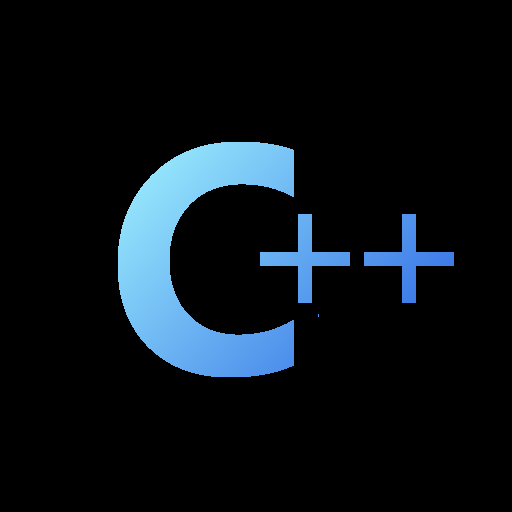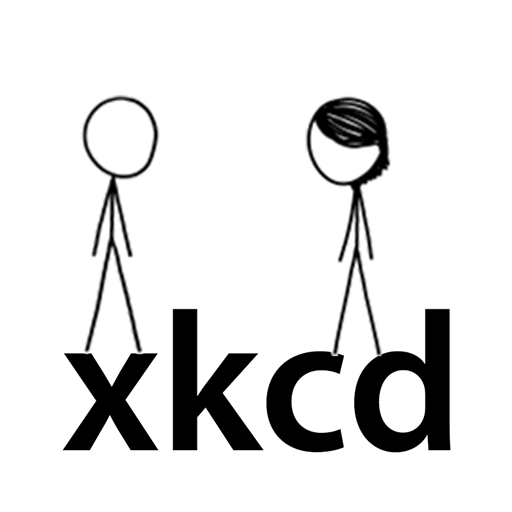pelya
- 8 Posts
- 221 Comments
KDE on Debian. Takes me about an hour to set up a fresh Debian installation.

 3·6 days ago
3·6 days agoWhen the star is sufficiently big, it will simply generate a smaller black hole at it’s center when collapsing, and the rest of the star mass that did not get included into the black hole will suddenly lose the structural support of the star core and will swing inwards and then outwards and form an accretion disk, because it’s impossible for all the outer mass to fall exactly at the center, there will always be some rotation and wobbling, and the black hole itself is very dense, so it will consume only as much mass as it’s cross-section. So that places the upper limit on the black hole size.
There is no clear theory on how supermassive black holes were created, supposedly the specific region of space just happened to contain a lot of smaller black holes right after Big Bang, and they did not get enough time to fly away and merged, and then slowly fed on gas clouds.
The stellar bodies like stars and black holes are also located very far away from each other and are very unlikely to ever meet, so two black holes colliding usually means that they have somehow traveled at sufficiently close distance from each other and got entangled, then they rotate each other for millions of years just bleeding their kinetic energy as gravitational waves, until finally they merge. So a black hole merging with another black hole is already an improbable event, but we are catching many such events because we are listening to the whole observable universe at the same time. And now imagine the chances of that merged black hole to bump into another black hole.
For the same reason the merged black hole is always rotating, it’s just impossible for two black holes to collide exactly center-to-center, any small offset means they will orbit each other, and near collision they will orbit each other really fast.
I’m naming my production branch
goshujin-sama

 4·8 days ago
4·8 days agoShizuka-chan learned today that crime brings happiness, and wants to share happiness with Kou-kun.

 3·9 days ago
3·9 days agoJiji was a Pillar Man all along!

 1·12 days ago
1·12 days agoMasterpiece!

 2·17 days ago
2·17 days agoThat ending. Sasuga Clevatess-sama!
FILE *f = popen("curl 'https://www.random.org/passwords/?num=1&len=12&format=plain&rnd=new'", "r"); char s[14]; fread(s, 1, sizeof(s), f); s[13] = 0;
Uh yeah, I’m pretty sure the discharge can stop your heart if you grab it in precisely wrong manner. Typical defibrillator uses like 50 times less energy, but with a higher voltage.
A capacitor of 1 farad at standard American 120 volts has the energy between 7.62×54 and .50 BMG, and will discharge just as violently.

 8·26 days ago
8·26 days agoYour window needs to get the list of all other windows, find the one directly below it, and send a mouse click programmatically, using something like accessibility API.
Are you writing a keylogger?
Creating a kernel is hard, Linux itself is not going anywhere.
If all current maintainers suddenly disappear, several corporations, who heavily depend on Linux, will maintain their own forks, so we will get Google kernel for phones, Amazon kernel for datacenters, Valve kernel for gaming, and probably some European initiative kernel for PCs and laptops to do document editing.

 15·28 days ago
15·28 days agoThis is a single-component rocket fuel, which means the rocket will not explode in a huge slow-burning red fireball, but detonate like a nuclear explosion, minimal visual effects but maximum shockwave, and a mushroom cloud of vapor.

 1·28 days ago
1·28 days agoUniversities were already locking down their PCs in the 90’s, at least those with competent IT departments - BIOS password, locked boot menu, Windows 2000 with restricted user accounts. If you don’t do that, your every PC will have 15 copies of Counter Strike and a bunch of viruses in one week.
Chromebooks (and laptops in general) are way cheaper now than PCs were back then, so again, you need to buy your own and install a proper OS, the situation did not really change.

 78·29 days ago
78·29 days agoAre you suggesting to go back to days when every single little thing required a driver on a floppy disk? You buy a Chromebook, you install Denian on it with a few keypresses, your videocard magically works, your soundcard works, your WiFi just connects with no issues whatsoever, you ignore the fingerprint scanner hardware as usual because who even needs that shit when your password is 14 symbols long, and done, you are ready to install a gigabyte of NPM packages to create your single-page web app. Don’t tell me Windows 95 was somehow better, it only made your life slower and miserable, just like your Intel i486SX which could not run Quake because it lacked FPU.
The truth is people who want small phones also want them for the price of a clamshell feature phone with no 4G support. I’ve heard these complaints many times from older acquaintances, they want their old Nokia that can also run Viber and do videocalls, and they are not paying iPhone SE price, so there’s practically no market for small but high-spec phones, outside of luxury brands where you are buying an ancient chip with a leather back cover.












Back in the '90s, when you created a game, you had to build three separate game engines for DOS, Windows, and MacOS, with their separate audio and video drivers. Or you just selected DOS and ignored all Mac users.
SDL was revolutionary, it could create an OS window for you to draw onto (or emulate a full-screen ‘window’ for DOS), and output 2D video and sound using the same SDL calls, on DOS, Windows, MacOS, Linux, AmigaOS, and even Sony PlayStation. So you had the same source code compiling to 6 different game binaries for each platform.
SDL does not implement 3D graphics, it just initializes OpenGL in a window and passes that to your code, because the game studios went all ‘fuck you I’m using OpenGL or I’m ignoring your XBOX entirely’ so even Microsoft was forced to support OpenGL on top of it’s incompatible proprietary DirectX 3D drivers, so OpenGL became the new standardized cross-platform API for 3D graphics.
Vulkan is a replacement for OpenGL which can use multiprocessor architecture, OpenGL is strictly single-threaded so your high-end 12-core gaming CPU ends up with one overworked core drawing all the graphics and 11 lazy cores performing Windows update in the background. The rules are already established, so every GPU and chip manufacturer will either support Vulkan or not have 3D graphics at all.